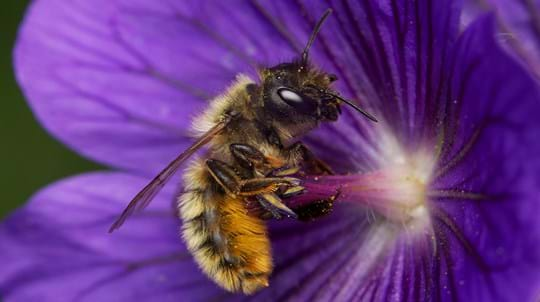
Blog
Why are bees important? And how you can help them
Charlotte Varela • 26 Apr 2023

Content manager
Summer can be glorious with our longest, warmest days of the year to enjoy. It’s a great time for nature spotting too, with butterflies in abundance, young birds discovering their wings and rainbows of wildflowers everywhere. But extreme hot and dry conditions can make it a perilous time for wildlife. Shelter, food and especially water are as important as ever in summer. Check out our top tips to make a difference for nature in your outdoor space this season.
If you don’t have suitable outdoor space where you live, consider doing something where you work, at your child’s school or another local green space.
This two-minute task will fit anywhere, even a windowsill, and can be a lifeline for bees and other insects. Fill a simple dish with water and add some pebbles to create different levels that will help visitors drink safely without falling in. Place in a partly shady spot, keep water topped up and clean regularly.
Bathing helps birds cool down as they don't have sweat glands to release heat like other animals.
Dehydration can be a huge issue for wildlife in summer, especially in times of drought or heatwaves. Natural water sources may dry up and juicy worms and insects are harder for birds and hedgehogs to reach in dry solid ground. An ornamental bird bath can brighten up a garden, but any container of water will likely be well-used for drinking as well as washing. Just be sure to keep it clean and full with a safe route for visitors to get in and out.
Trees in urban areas can cool the air by 2-8C.
A nice shady spot can offer welcome respite for wildlife and people. Shade will help avoid over-heating and dehydration, especially for cold-blooded animals like frogs, lizards and newts. Food and water will last longer out of the sun’s strong rays too. Plenty of shade-giving trees are suitable for gardens and smaller spaces can often squeeze in a shrub like dogwood, holly or guelder rose that can be pruned to retain size. Native plants are best for UK wildlife as they evolved together and support each other most effectively. They’re more resilient and easier to grow and maintain too.

Shop
We have single trees and tree packs to meet your needs, from wildlife to woodfuel. Delivery is free.
External link
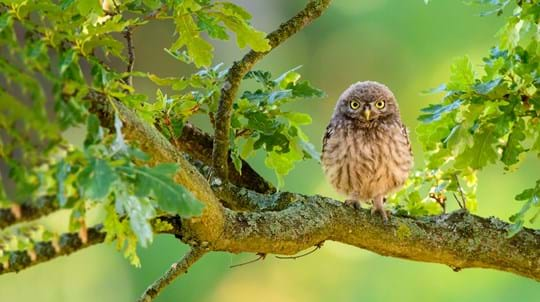
Blog
Charlie Mellor • 02 May 2023
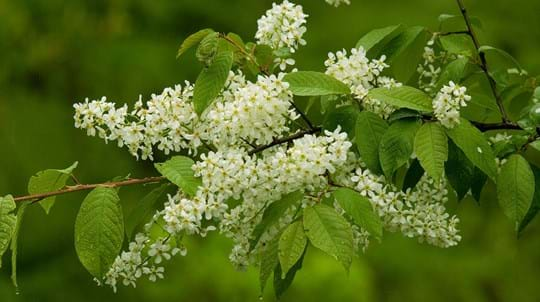
Blog
Helen Keating • 08 Nov 2021
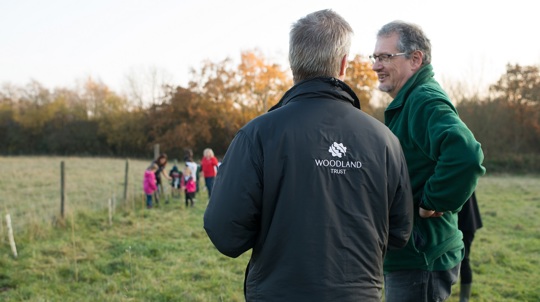
Plant trees
Thinking of planting trees, but need some help? Explore advice on choosing the right tree species, location, how to plant and aftercare.
Bumblebees can only fly for about 40 minutes between feeds.
Healthy wildlife populations need room to roam with sustenance and sanctuary at regular intervals to avoid wasting too much energy. Co-ordinated corridors of wildlife-friendly features can have real impact, so encourage neighbours to add to your efforts. Offer welcome respite and replenishment with a watering hole and smorgasbord of natural foods. Plant pit stops for pollinators. Trees or shrubs can be a much-needed breather for birds on long journeys or a resting place safe from predators. And shortcuts through your outdoor space can lend hedgehogs, frogs and toads a helping hand too. All they need is a gap of around 13cm x 13cm to bypass fences and walls so common in urban areas.
Interest in growing plants for pollinators is increasing, but does your nectar provision have any gaps? With careful planning you can create a bumblebee buffet that lasts from March to October – their whole active lifecycle. Try early bloomers like blackthorn and bugle for March followed by red clover, aquilegia, dog rose and many more through the summer months. Add the likes of corn marigold, poppy and achilleas for October flowers to end the season with a flourish.
Our wild birds can benefit from supplementary feeding all year round and in summer, new parents will welcome support to nourish their hungry broods. A blue tit chick can eat up to 100 caterpillars in a day and with 7-14 eggs laid at a time, that’s a lot of food for the adult birds to find! Take care as some foods can be hazardous to chicks, so be sure to soak dehydrated mealworms in warm water to rehydrate them for example, and use feeders to make sure peanuts are pecked out in smaller pieces rather than taken away whole.
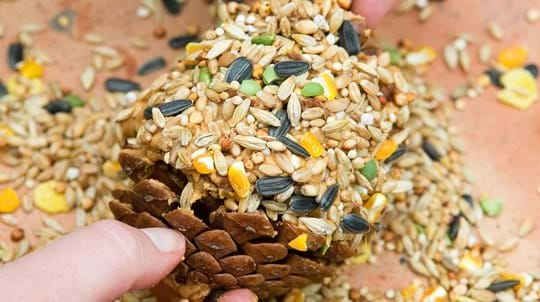
Blog
Amy Lewis • 15 Jan 2019
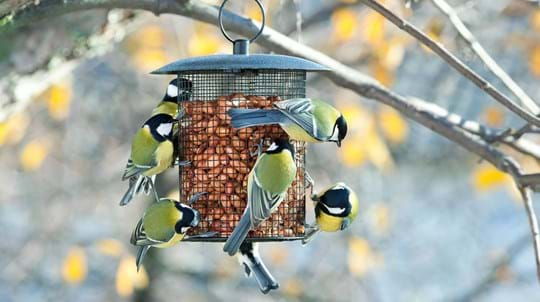
Blog
Kayleigh Jacobs-Rutter • 29 Apr 2025
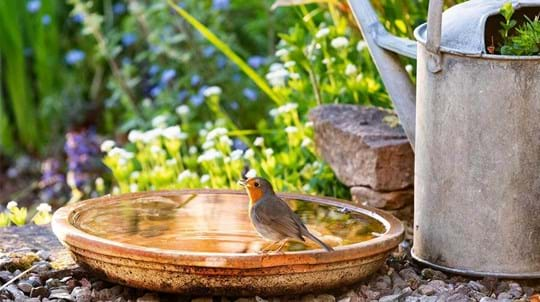
Blog
Hannah Vickers • 22 Jul 2020
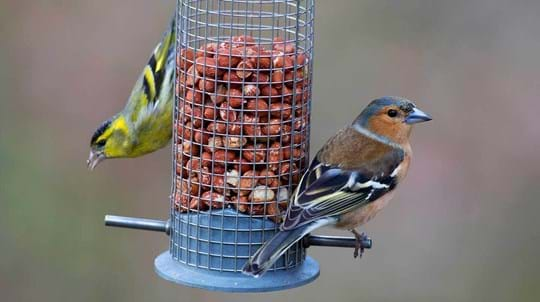
Blog
Hannah Vickers • 21 Mar 2019

Blog
Kayleigh Jacobs-Rutter • 13 Feb 2024
Plastic turf absorbs more heat than natural grass and can get more than 20C hotter in summer sun - treacherous for the feet of wildlife, pets and people.
With more time spent in the sunshine, summer is peak season for sprucing up our outdoor space. If wildlife isn't your main priority, at least try to consider how any new features might impact nature. Could more wildlife-friendly options still achieve your desired results? Choose a hedge over a fence or wall. Perhaps a new patio or path could have pockets for planting, leaving valuable spaces to absorb rainwater as well as providing for wildlife. If you’re ditching grass, avoid an artificial lawn at all costs. It's made of plastic and actively forces biodiversity out – nothing can live in, on or under the impermeable manufactured surface. Opt for gravel dotted with plants, a no-mow wildflower patch, shrubs or another low maintenance alternative.
Helping wildlife doesn’t have to be confined to your own space. When enjoying days out in nature this summer, be mindful of how your actions could impact the plants and animals around you. Simple actions can make a difference, like sticking to footpaths and keeping dogs under control to help protect ground nesting birds and delicate plants. Be especially wary of wildfires at this time of year – in hot, dry conditions, barbecues can quickly turn to flames that spread and devastate vast areas. Keep everyone safe by enjoying a picnic instead!

Visiting woods
Our woods are home to amazing plants and animals and they're all free for people to enjoy responsibly. Show them you care with our top tips for your visit.
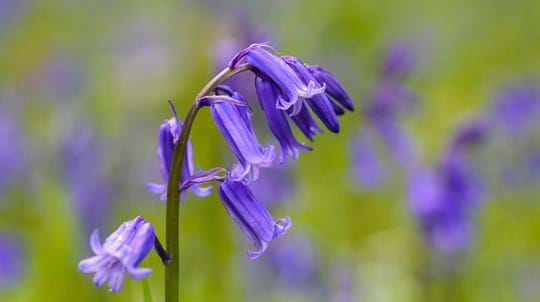
Visiting woods
Search thousands of woods across the UK and gather information on the local facilities, features, wildlife and history in the area.
Sitting out until late on balmy summer evenings is one of the joys of the season, but did you know your lighting could disturb the wildlife you’re making efforts to help? Some animals take cues from light levels and can be confused by artificial illuminations. Moths and amphibians are attracted to bright lights, whereas most bats avoid them altogether which can impact their hunting success. In strongly lit areas, birds have been recorded singing in the middle of the night. Keep lighting after dark to a minimum where possible by using softer bulbs, downlighters rather than uplighters or motion sensor security lights instead of an always-on option.
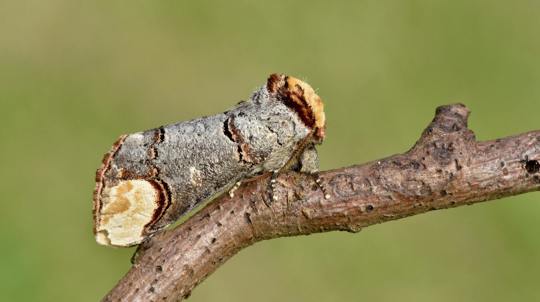
Blog
Amy Lewis • 02 Jun 2021
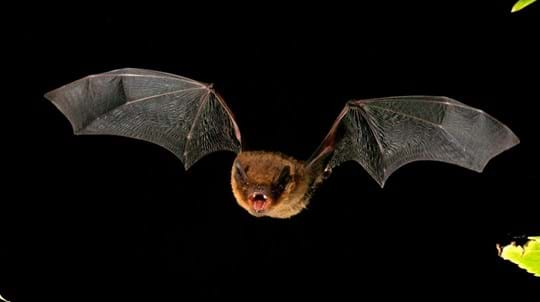
Blog
Helen Keating • 22 May 2020
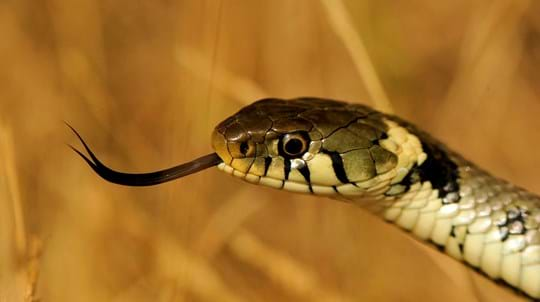
Trees woods and wildlife
Explore more about these cold-blooded creatures that live along woodland edges, glades, ditches and ponds.
Every purchase from our shop funds our vital work to plant and protect woods and trees for a healthier planet.
Regardless of your outdoor space, you can help wildlife when you shop for summer supplies and throughout the year. Where possible, choose eco-friendly products that don’t harm the planet and its living creatures. You can send a message with your spending by opting for companies with good causes too, supporting their work with every sale.
From trees for your garden to eco-friendly gifts and homeware, every purchase helps us to plant and protect UK woods and trees.
Shop now